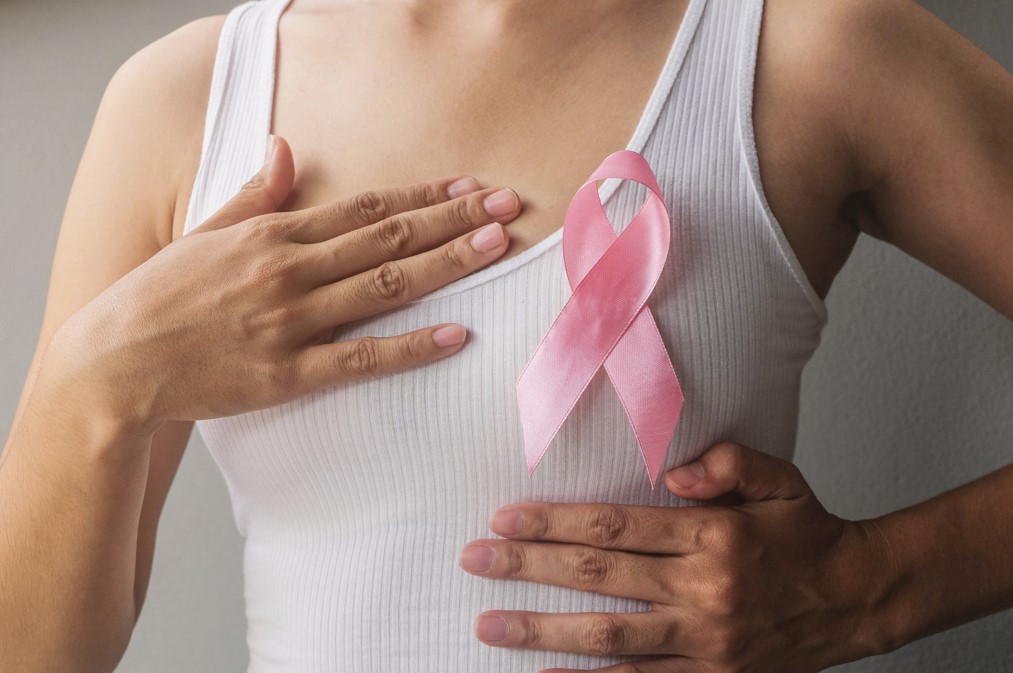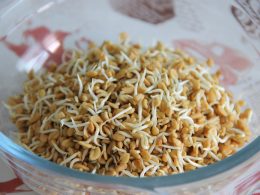Table of Contents
The number of women diagnosed with breast cancer has grown to 7.8 million over the last five years, making it the world’s most prevalent cancer. Breast cancer develops in the lining cells of the lobules and ducts in the breast’s glandular tissue. In the initial stages, the cancerous growth is limited to the duct or lobule, but over time, it gradually progresses to the surrounding breast tissues and lymph nodes, making it a life-threatening health issue.

Limit Alcohol Consumption and Reduce Tobacco Use
Alcohol consumption is a breast cancer risk factor since it reduces folate absorption, increases estrogen, and damages cell DNA. In addition, alcohol increases breast cancer risk by hindering the body’s ability to remove harmful chemicals. Drinking excessive alcohol will increase your estrogen level, increasing the risk of breast cancer.
On the other hand, cigarettes contain cancer-causing chemicals, increasing the risk of developing breast cancer. Therefore, avoiding tobacco and limiting alcohol consumption is an important preventative step that will significantly reduce your chances of developing breast cancer. Limiting alcohol consumption and tobacco use are both great ways to enjoy life in the present even more.
Maintain a Healthy Diet
A lifestyle characterized by unhealthy dietary patterns comprising processed foods is associated with an increased risk of breast cancer. On the other hand, sticking to a Mediterranean diet will reduce your breast cancer risk and even protect you from developing other illnesses.
In addition to eating plenty of fruits and vegetables and limiting processed foods, you should exercise regularly to maintain a healthy weight. Even though a healthy diet lowers breast cancer risk, routine breast cancer screenings like manual checks and mammograms will help you lower the risk further.
Check Your Family History
The risk of developing breast cancer is higher if one of your first-degree relatives – mother, sister, or daughter, was diagnosed with breast cancer. A strong family history of breast cancer is usually associated with abnormal genes, such as BRCA1 and BRCA2, which play a role in developing broad cancer.
Establishing if your family has a strong history of breast cancer will help with early diagnosis and taking the necessary preventative steps. Breast cancer treatment procedures, such as radiation therapy, lumpectomy, hormone therapy, and chemotherapy, are highly effective when the disease is identified in the early stages.
Breastfeed Your Children
Studies show that breastfeeding significantly reduces a woman’s chances of developing pre-and post-menopausal breast cancer, ovarian cancer, and Type 2 diabetes. Breastfeeding is associated with hormonal changes that delay menstrual periods, which will, in turn, limit your exposure to the hormone estrogen. In addition, breastfeeding causes shedding of breast tissue which helps remove cells with potential DNA damage from your body.
Breast Cancer Treatment Options
The chances of breast cancer survival are higher when diagnosed in the early stages. Breast cancer treatment approaches include surgery, radiation therapy, hormonal therapy, biological therapy, and chemotherapy.
Surgery is the most common breast cancer treatment approach that involves the removal of cancer tissue (lumpectomy) or complete removal of the breast. Surgery is usually followed by radiation therapy, a treatment procedure that involves using high-energy rays to kill cancerous cells, to reduce the chances of recurrence.
The rising cases of breast cancer have put pressure on the global health system, and the best way to avoid being a victim is to take these preventative steps. Breast cancer, as the world’s most prevalent cancer, requires public health education on preventative measures to reduce the pressure on global health. Adopting these preventative measures will significantly lower your breast cancer risk. Nonetheless, since there are other cancer risk factors, you should routinely go for early diagnosis screening.















